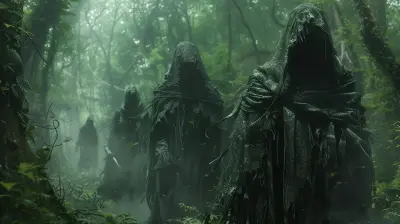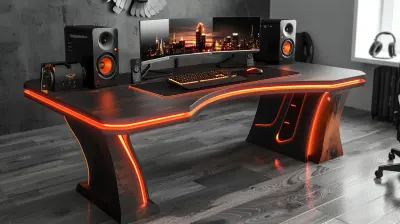Cel-Shaded Art Styles and the Games That Do It Best
9 August 2025
Gaming's a visual playground, right? From ultra-realistic textures to beautifully stylized designs, there's something out there for everyone. But let’s pause and zoom in on one particular style that never quite gets old—cel-shading.
You’ve probably noticed it before without even knowing the name. It’s that cartoon-like look, super clean edges, bold outlines, and colors that pop like comic book panels sprung to life. Cel-shaded games march to the beat of their own drum. They don’t chase realism—they aim for charm, expression, and timelessness.
Let’s dive deep into this unique art style, break down what makes it tick, and spotlight the games that absolutely nailed it.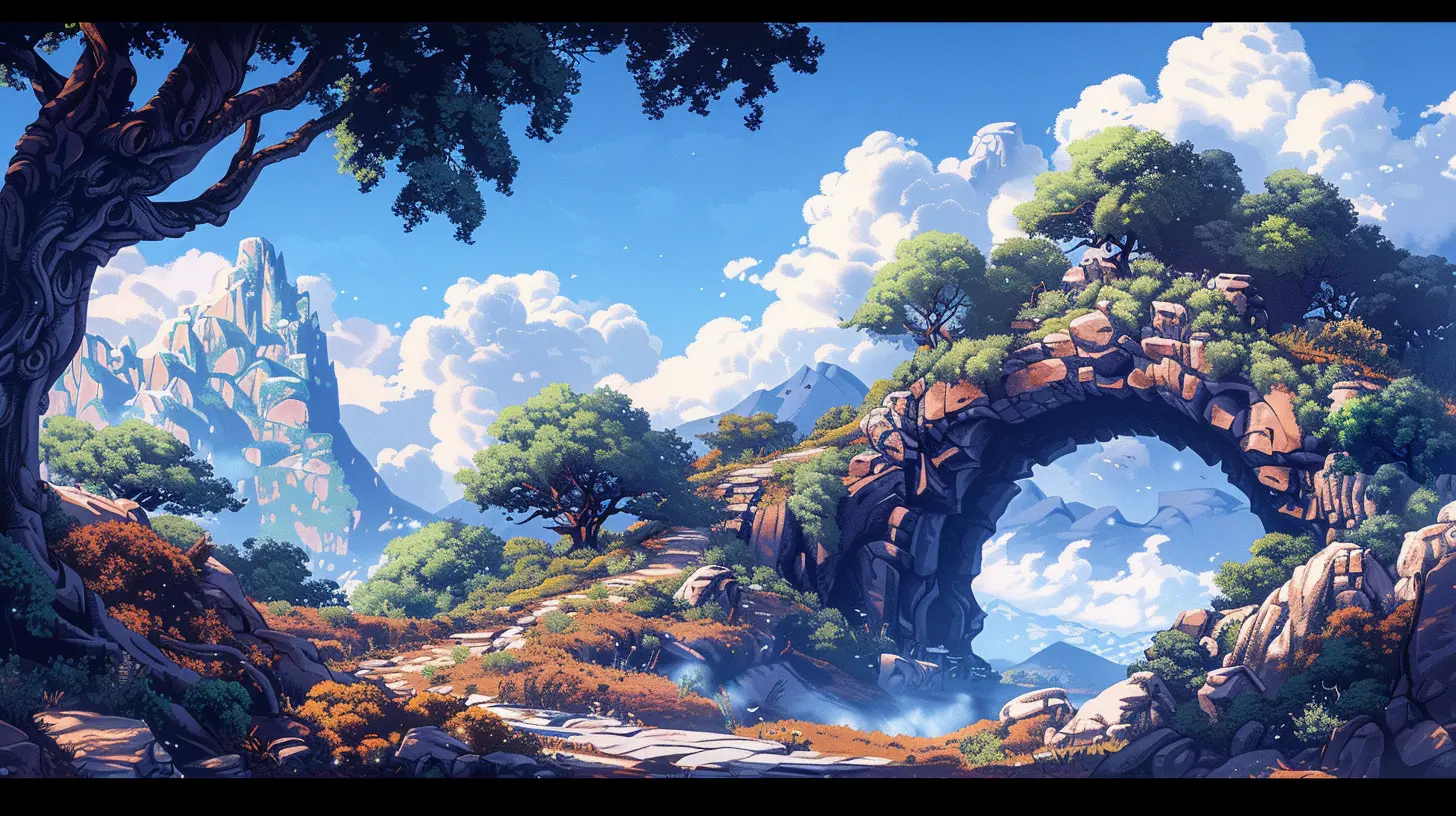
What Is Cel-Shading, Anyway?
Okay, let’s break it down.Cel-shading is a type of non-photorealistic rendering designed to make 3D graphics appear flat—like 2D hand-drawn cartoons or comic books. Unlike traditional shading that tries to replicate real lighting, cel-shading simplifies tones and shadows. The result? Characters and environments that look like they’ve walked straight out of an anime or Saturday morning cartoon.
The key ingredients?
- Bold, clean outlines
- Flat colors with minimal gradients
- Sharp shadow contrasts
It’s all about style over substance—except here, style becomes the substance.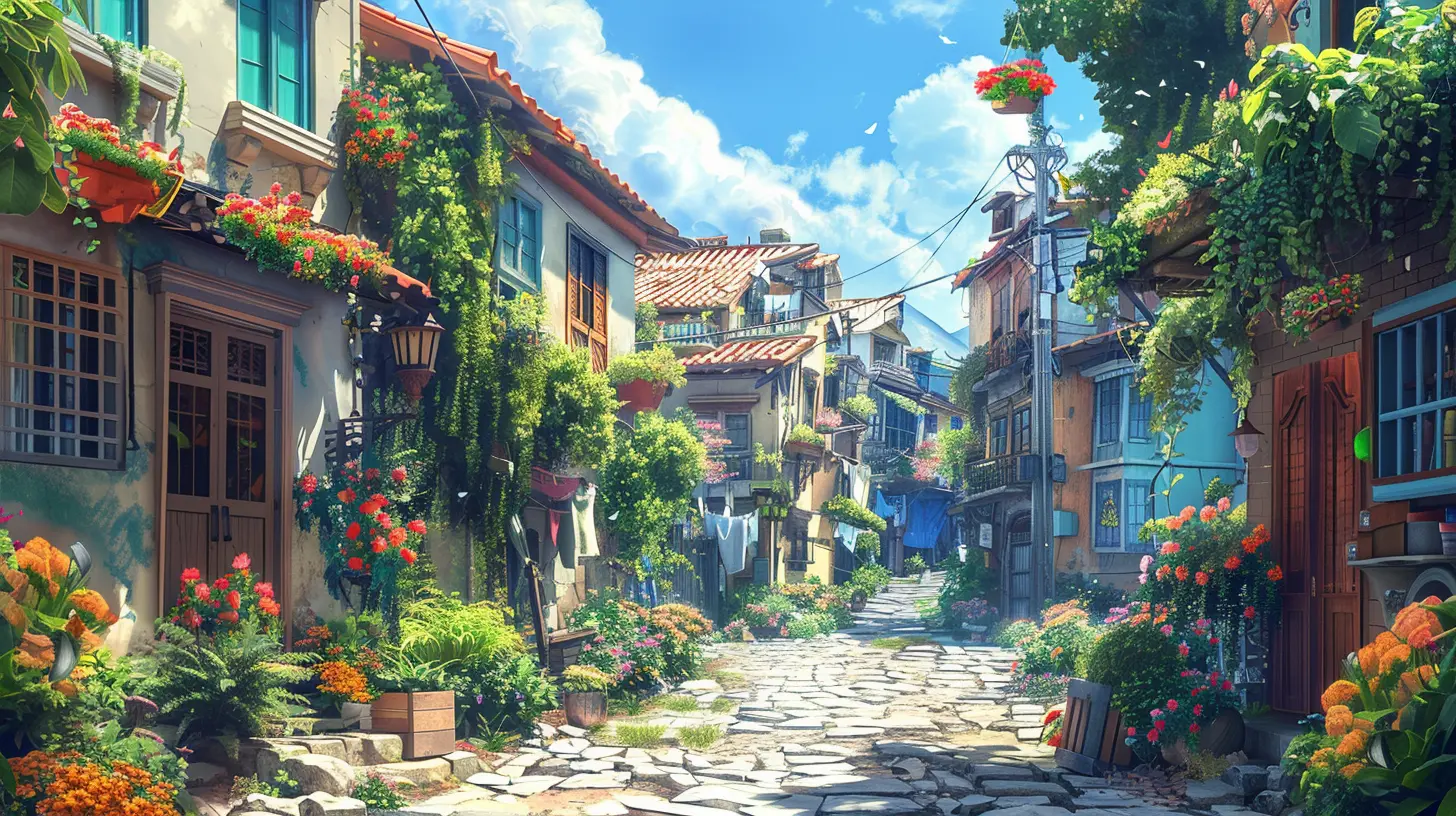
Why Gamers Love Cel-Shaded Art
So, why does this style hit different?For starters, it ages way better than hyper-realistic graphics. Realism ages awkwardly (if you've seen early PS3 games, you know what I mean). But cel-shading? Timeless. It's like watching a classic cartoon—no matter how old, it still looks cool.
Also, cel-shading adds personality. There’s something about the expressiveness and stylized flair that makes a game feel alive. It’s not just eye candy; it’s part of a game’s entire vibe.
And let’s not forget performance. Cel-shaded graphics often require less horsepower. That’s a win for indie devs and gamers with mid-range setups.
Games That Rock the Cel-Shaded Look
Alright, let’s get into the real meat of it. These are the games that absolutely crushed the cel-shaded aesthetic and took it to another level. Whether it's pure visual charm or using the art style to tell a deeper story, these games are cel-shading done right.1. The Legend of Zelda: The Wind Waker
When it dropped in 2002, people were like, “Wait, what? A cartoon Zelda?” Some fans weren’t thrilled… at first.But over time, Wind Waker aged like fine wine. Its expressive characters, bold colors, and gorgeous oceanic world still look stunning today. That’s the magic of cel-shading—it cut through the noise and created an iconic visual identity.
Even the HD remaster on the Wii U proves how well this style stands the test of time.
2. Borderlands Series
Imagine Mad Max meets Saturday morning cartoon—that’s Borderlands in a nutshell. The cel-shaded look isn't just a visual gimmick here; it enhances the entire chaotic, gritty-yet-colorful world of Pandora.From the rough sketch-like outlines to the exaggerated environments and characters, Borderlands built a brand on this style. You can spot the franchise from a mile away.
And let’s not forget: It made looting and shooting look cooler than ever.
3. Okami
Okami is basically a living painting. Inspired by traditional Japanese sumi-e art, it blends cel-shading with brushstroke effects that turn every frame into a masterpiece.Guiding the sun goddess Amaterasu through a mythological Japan feels like stepping into a storybook. This game’s not just a visual stunner—it’s a spiritual experience.
It’s one of those rare games where the art style becomes its soul. Without the cel-shading? It just wouldn't be Okami.
4. Jet Set Radio
Jet Set Radio (and its sequel Jet Set Radio Future) was way ahead of its time. Back in the Dreamcast days, this game turned heads with its fluorescent city streets, graffiti culture, and radically stylized visuals.It was edgy, urban, and completely unafraid to be weird—and the cel-shaded art was the perfect match for its punk rock energy. That over-the-top aesthetic helped it become a cult classic.
Talk about street art meeting street skating in digital form.
5. Telltale's The Walking Dead Series
While not the first thing folks associate with cel-shading, it’s impossible to overlook how well Telltale used it.Cel-shading here wasn’t just for show—it added a layer of emotional storytelling. The comic book look paid homage to the series' roots and helped create a more dramatic, emotive atmosphere that hit even harder during tense scenes.
It was stylized yet grounded, and that balance made characters like Lee and Clementine stick with us long after the credits rolled.
6. Ni No Kuni: Wrath of the White Witch
What if Studio Ghibli made a video game?Well, this is pretty much it. Ni No Kuni combines the masterful animation of Ghibli with next-gen game design, all wrapped in a gorgeously cel-shaded package. The result? A fantasy world that looks like it was animated by hand.
And it’s not just about beauty—this game's cozy, whimsical world feels alive in a way only cel-shading could deliver.
7. Dragon Ball FighterZ
Anime fans, this one’s for you.Dragon Ball FighterZ turned heads for one main reason: It looks exactly like the show. Like, to the point where it's sometimes hard to tell if you're playing or watching.
The cel-shading here is next level—it captures motion, lighting, and energy effects in ways that blend perfectly with the fast-paced combat. It doesn’t just mimic anime; it becomes anime.
And let’s be real, who hasn’t wanted to land a Kamehameha that looks this glorious?
8. Guilty Gear -STRIVE-
Speaking of fighting games, Guilty Gear -STRIVE- deserves a massive shoutout.Not only does it use cel-shading to create jaw-droppingly beautiful character models and effects, but it also innovates with perspective shifts, dynamic camera angles, and lighting to blur the line between anime and gameplay.
It’s not just aesthetic—it’s technical artistry. This game proves that cel-shading can be modern, sleek, and cinematic all at once.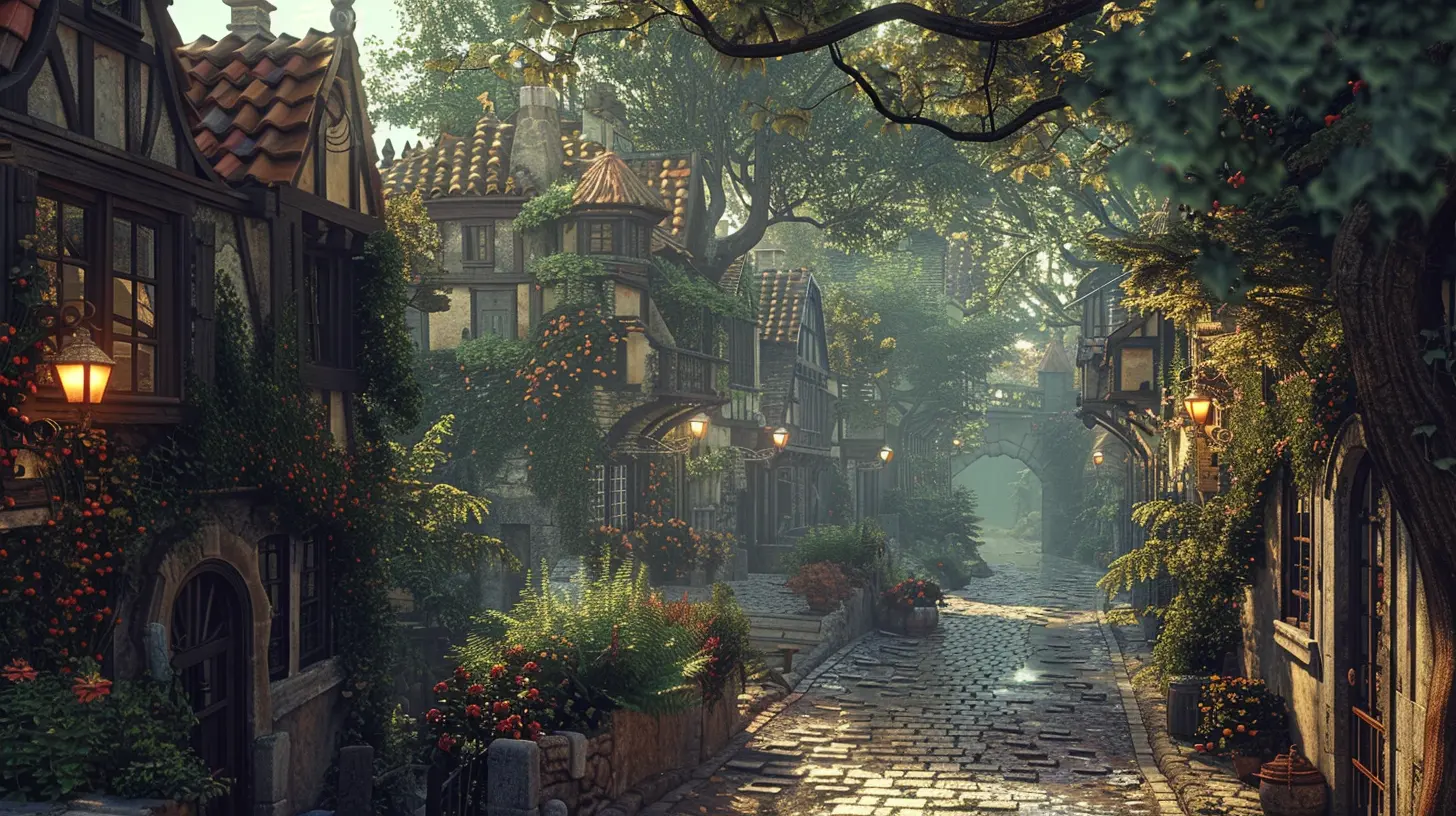
How Cel-Shading Impacts Game Design
Here’s something to chew on: the art style of a game affects more than just the visuals—it shapes gameplay, tone, and even marketing.Cel-shading can set expectations. When you see that bold, comic-style presentation, you’re ready for something playful, stylized, maybe even surreal. It lets developers get away with abstract mechanics or emotionally rich storytelling without being bogged down by the pursuit of realism.
Plus, it’s easier on hardware. That’s why so many indie games (hello, Tunic and Sable) use cel-shading—not just for style, but to keep performance smooth on limited resources.
Indie Games and the Rise of Stylish Simplicity
Cel-shading and indie games? A match made in artistic heaven.Without the budgets for ultra-detailed realism, indie devs use cel-shading to carve out a unique identity. It’s less about mimicking real life and more about creating a vibe or aesthetic that sticks.
Games like:
- Sable: A quiet, meditative journey with Moebius-style visuals.
- Tunic: A Zelda-like adventure wrapped in soft, pastel cel-shading.
- Eastward: A pixel-meets-painting hybrid that’s as expressive as it is unique.
These games don't just look different—they feel different.
The Future of Cel-Shading in Games
So, is cel-shading just a trend or here to stay?Short answer: it’s not going anywhere.
As tech continues to evolve, we’re seeing cel-shading blend with real-time lighting, ray tracing, and more advanced shaders. It's morphing into something even more dynamic, cinematic, and versatile.
With the rise of stylized storytelling and artistic gaming experiences, cel-shading will keep kicking down doors. Expect hybrid styles, new genre explorations, and even VR using cel-shaded visuals for surreal, immersive worlds.
And with anime, comic books, and cartoons still booming? Yeah, cel-shading’s got lots of gas left in the tank.
Final Thoughts
Cel-shaded art styles aren’t just about looking good—they’re about standing out. In a world where so many games chase realism, cel-shading proudly flies the flag for creativity and expression.Whether it’s the emotional impact of Telltale’s stories, the anime action of FighterZ, or the artistic splendor of Okami, these games prove that cel-shading can be powerful, stylish, and timeless.
So next time you fire up a game with that bold, drawn-on look? Take a moment to appreciate the artistry. It’s not just paint on pixels—it’s a love letter to visual storytelling.
all images in this post were generated using AI tools
Category:
Video Game GraphicsAuthor:

Brianna Reyes
Discussion
rate this article
1 comments
Harvey Riley
I’ve always been fascinated by cel-shaded art! It’s amazing how this style can transform the mood and atmosphere of a game. Which titles do you think push the boundaries of cel shading the most? I’d love to hear about some hidden gems that stand out!
August 24, 2025 at 3:33 AM

Brianna Reyes
Thank you for your comment! Some standout titles that push the boundaries of cel-shading include *Wind Waker*, *Borderlands*, and *Jet Set Radio*. For hidden gems, check out *13 Sentinels: Aegis Rim* and *Okami*. Their unique styles truly enhance the gaming experience!
